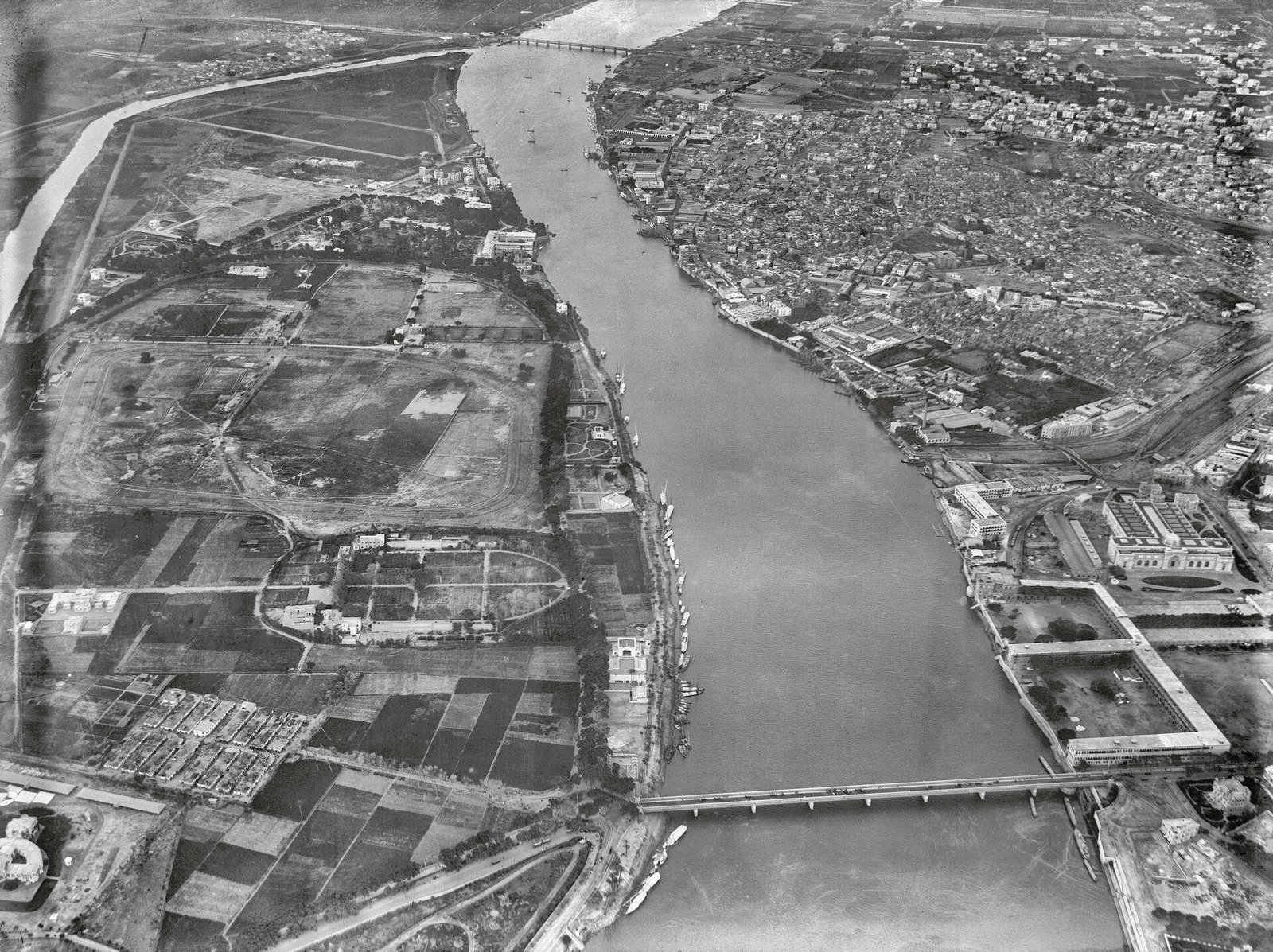The Enigmatic Power of the Egyptian Sphinx: Unveiling Its Secrets and Significance
The Sphinx is one of the most iconic and enigmatic symbols of ancient Egypt. With its majestic lion’s body and human head, it stands as a testament to the grandeur and mystery of ancient Egyptian civilization. This article delves into the history, symbolism, and enduring mystery of the Sphinx, shedding light on its significance and the secrets it holds.
Origins and Construction

The Great Sphinx of Giza, located on the Giza Plateau near Cairo, is the most renowned sphinx in Egypt. Pharaoh Khafre (also known as Chephren), who ruled during the Fourth Dynasty of the Old Kingdom around 2500 BCE, is credited with constructing the Statue. Carved from a single block of limestone, the Sphinx measures approximately 20 meters (66 feet) high and 73 meters (240 feet) long. The sheer scale and precision of its construction highlight the advanced engineering skills of the ancient Egyptians.
The Sphinx stands near the Pyramids of Giza, which include the Great Pyramid of Khufu, the Pyramid of Khafre, and the Pyramid of Menkaure. Together, these pyramids create a monumental complex that has captivated visitors and scholars for centuries. Builders constructed it to guard the pyramids and the necropolis, emphasizing its role in protecting these sacred sites.
Symbolism and Function

The Sphinx serves as more than just a monumental sculpture; it is rich in symbolic meaning, reflecting crucial aspects of ancient Egyptian religion and ideology.
- Guardian of Sacred Spaces: It is often seen as a guardian protecting the pyramids and the surrounding necropolis from malevolent forces. Its lion’s body signifies strength and valor, while its human head represents wisdom and intellect.
- Representation of Pharaohs: Its human head is thought to symbolize the Pharaoh, emphasizing divine authority and protection.
- Cosmic Significance: Some theories suggest that the Sphinx was aligned with celestial events such as solstices or equinoxes, linking it to ancient Egyptian cosmology and religious practices.
Mysteries and Theories of the Great Sphinx

The Sphinx has been the subject of various theories and speculations. Despite extensive research, several aspects remain enigmatic.
- Erosion and Age: The Statue has suffered significant erosion, leading to debates about its true age. While traditionally attributed to Khafre’s reign, some scholars propose an earlier origin based on erosion patterns.
- Missing Nose and Beard: Its missing nose and beard have sparked theories about deliberate defacement or damage in later periods.
- Burial Chambers: There have been theories about hidden chambers beneath the Sphinx, potentially containing artifacts or inscriptions. However, conclusive evidence remains elusive.
One particularly intriguing theory suggests that artisans did not originally carve the Sphinx in its current form. According to this hypothesis, they initially shaped the Sphinx as a different figure, possibly representing another deity or symbol. Some researchers speculate that builders added the lion’s body and human head later, with the original statue serving a different purpose.

Another fascinating story involves Pharaoh Thutmose IV, who ruled during the Eighteenth Dynasty, approximately a millennium after the Sphinx’s construction. According to legend, Thutmose IV dreamt that the Sphinx spoke to him. In the dream, the Sphinx, buried up to its neck in sand, promised Thutmose IV that he would become Pharaoh if he cleared the sand and restored it. Many historians cite his efforts to uncover the Sphinx as a key moment in the statue’s history and preservation.

Cultural Impact and Legacy of the Sphinx
The Sphinx has profoundly influenced art, literature, and popular culture. Its image frequently evokes the mystique and grandeur of ancient Egypt.
- Influence on Art and Literature: It has inspired numerous works of art and literature, symbolizing mystery and wisdom. It features prominently in both historical accounts and modern interpretations of ancient Egyptian culture.
- Tourist Attraction: As one of Egypt’s most recognizable landmarks, it attracts millions of visitors annually. Its presence on the Giza Plateau, alongside the Great Pyramids, continues to captivate and awe people from around the world.

Why It Matters
The Sphinx represents more than just an architectural marvel; it embodies the cultural and spiritual essence of ancient Egypt. Its grandeur and symbolic significance offer a glimpse into the values and beliefs of a civilization that continues to fascinate. The ongoing study of the Sphinx seeks to uncover the secrets of ancient Egyptian history and mythology. As we continue to explore its mysteries, the Sphinx remains a powerful symbol of Egypt’s enduring legacy.



















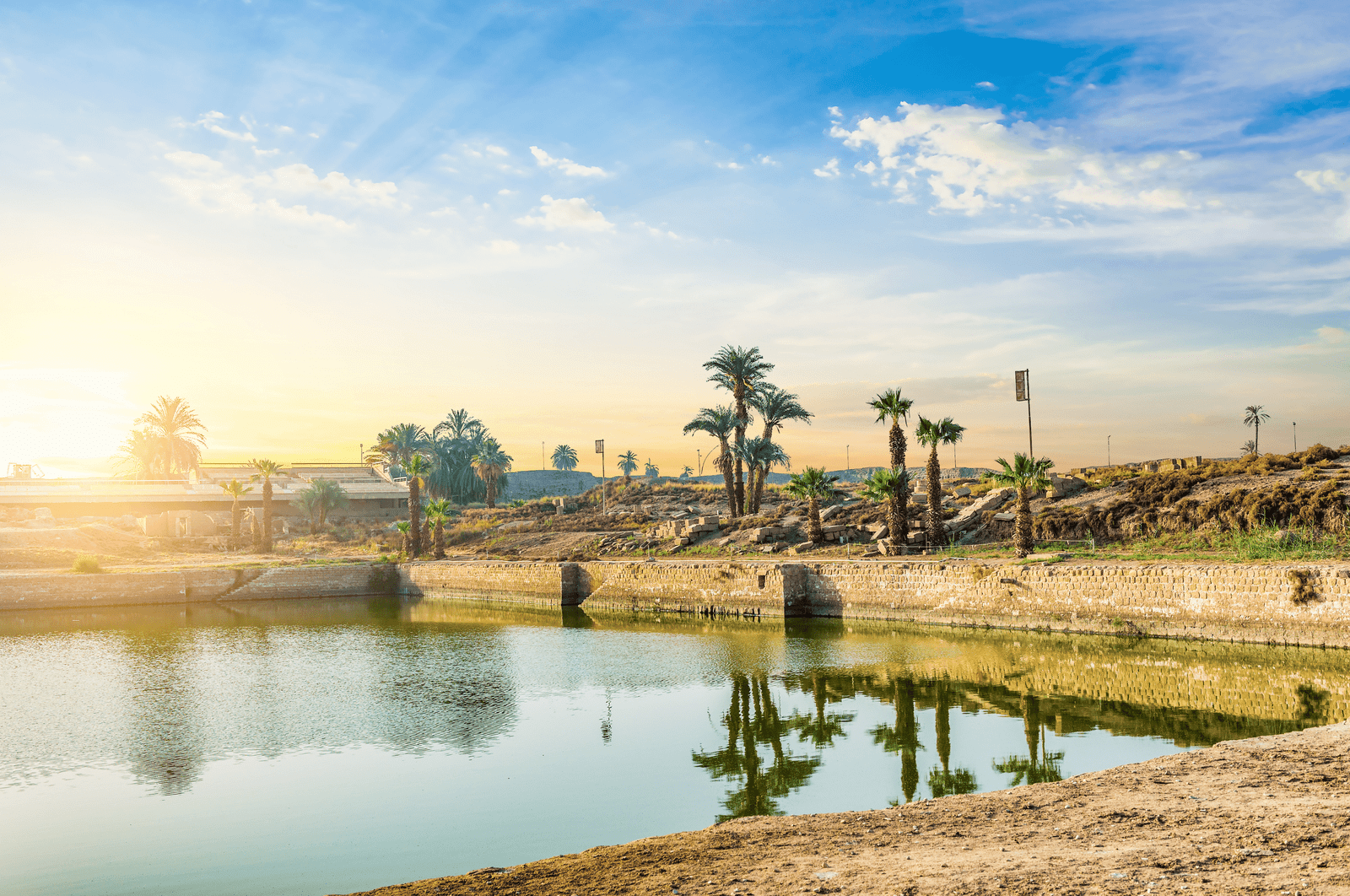
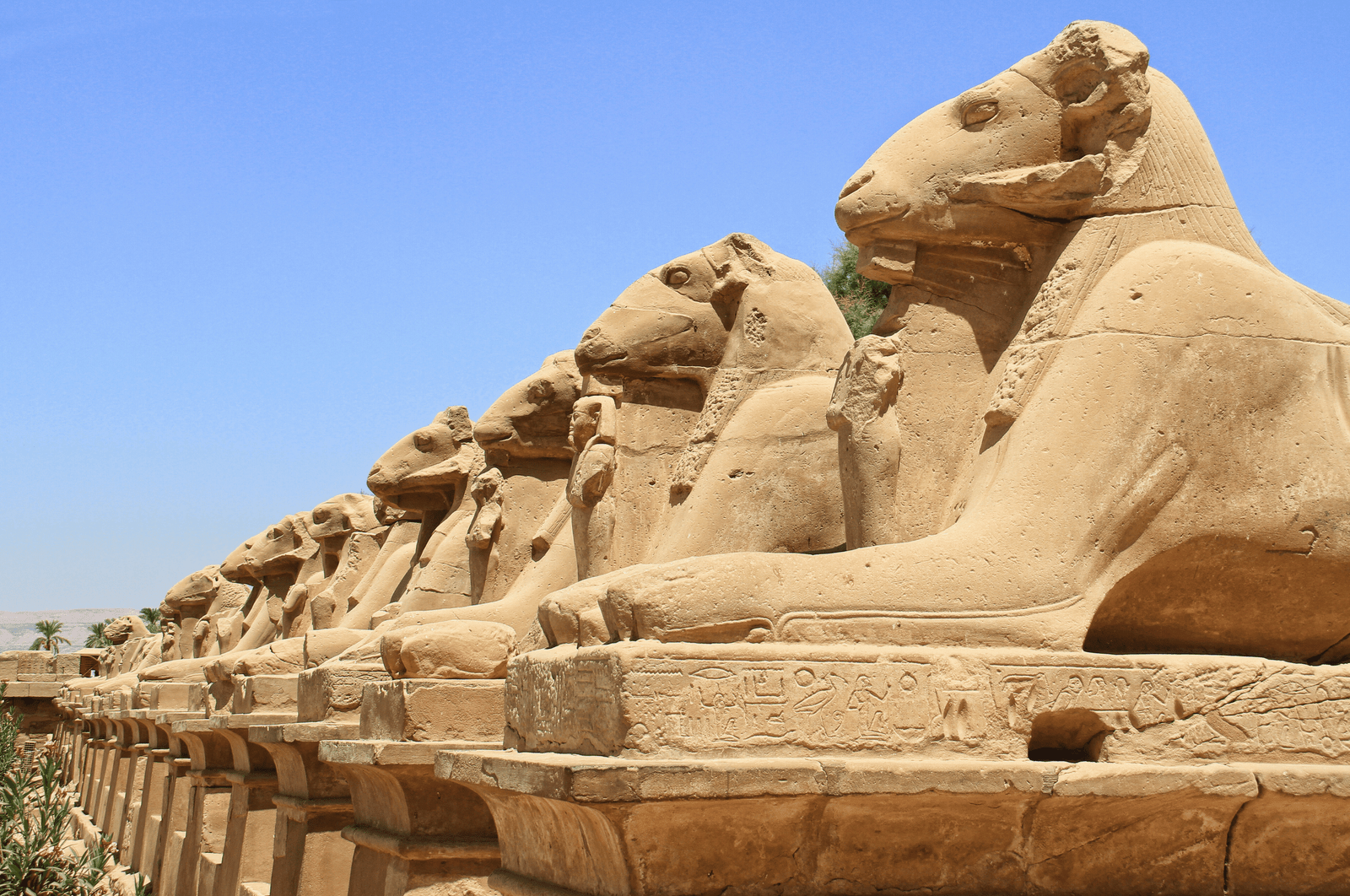
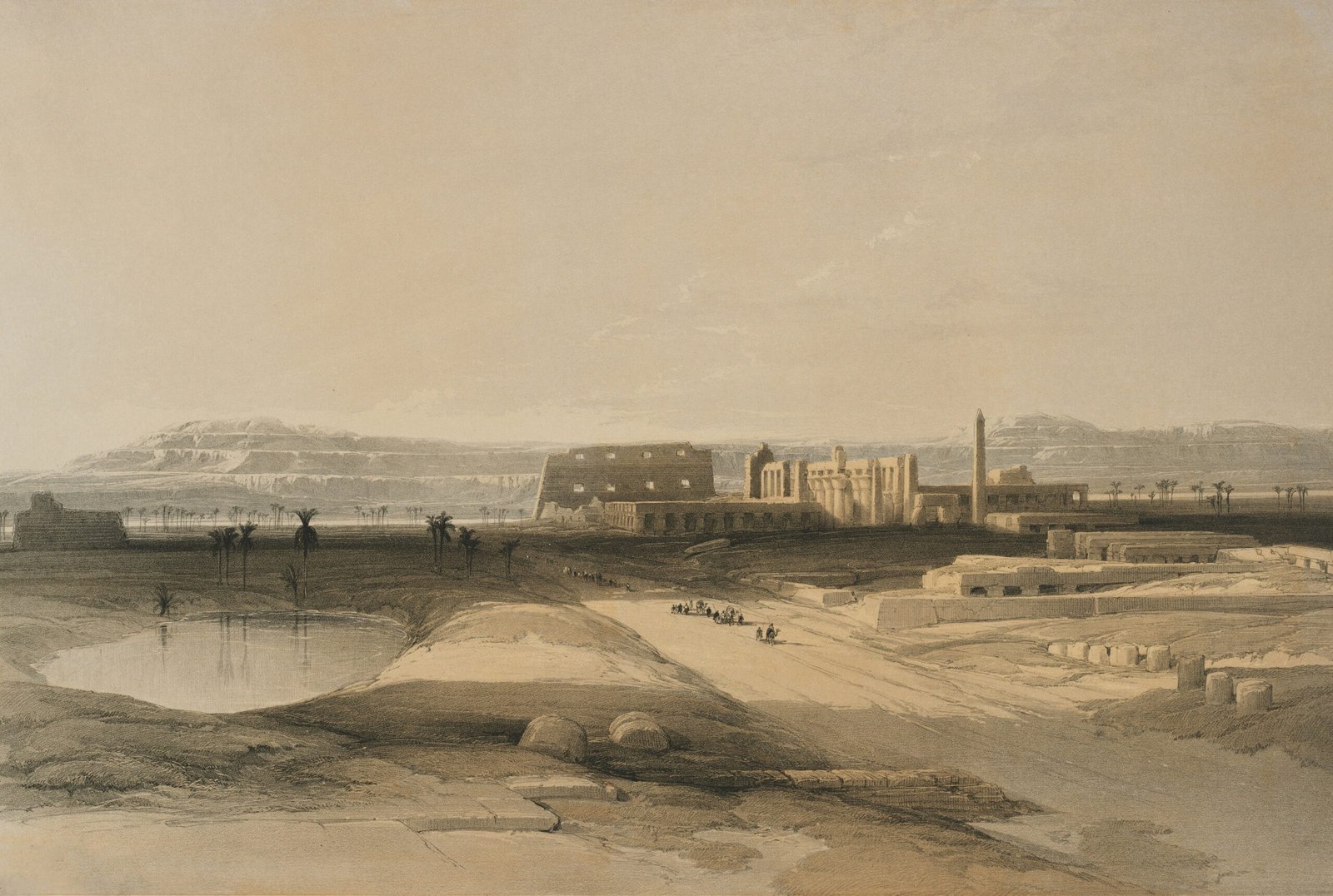






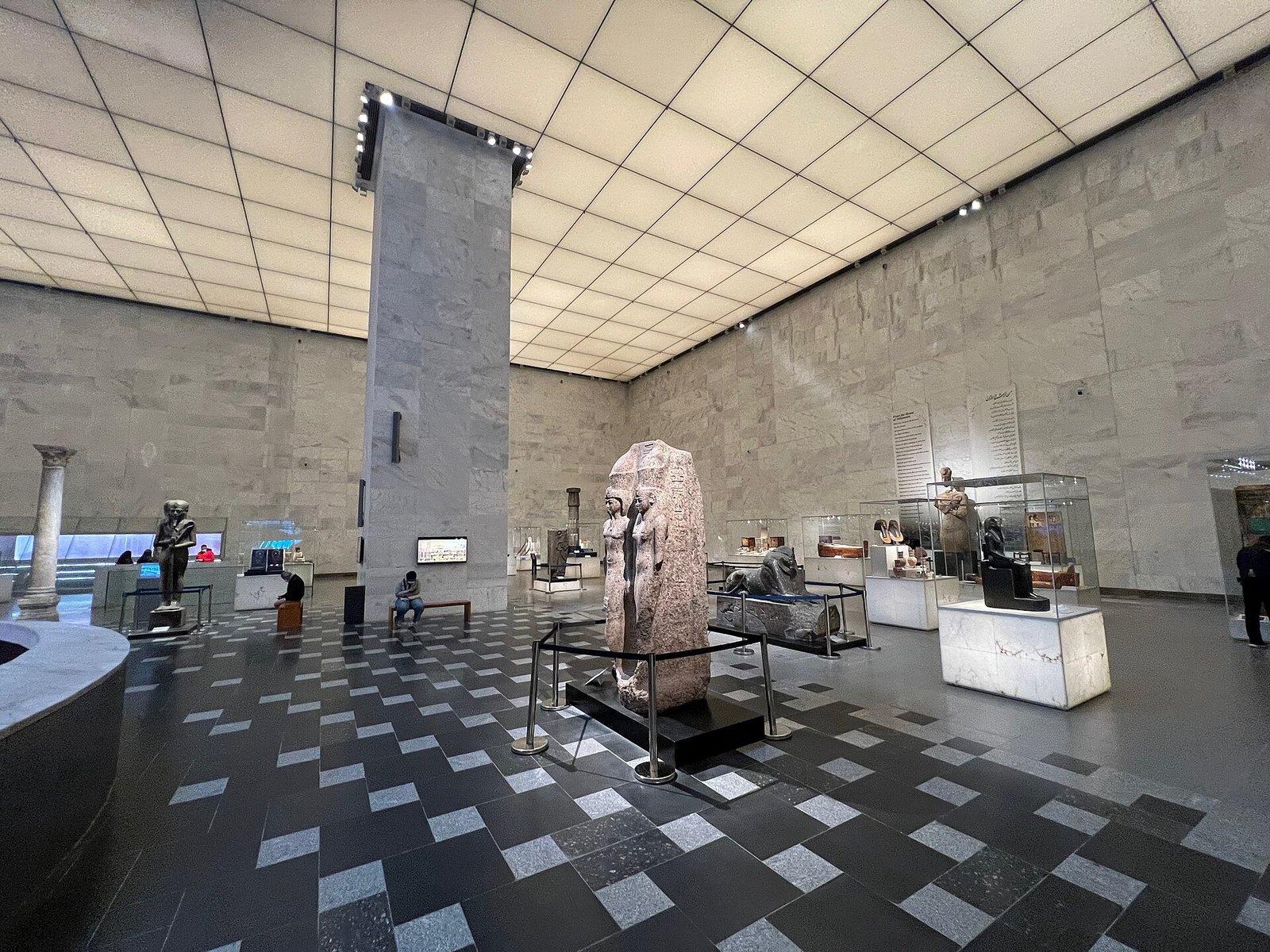


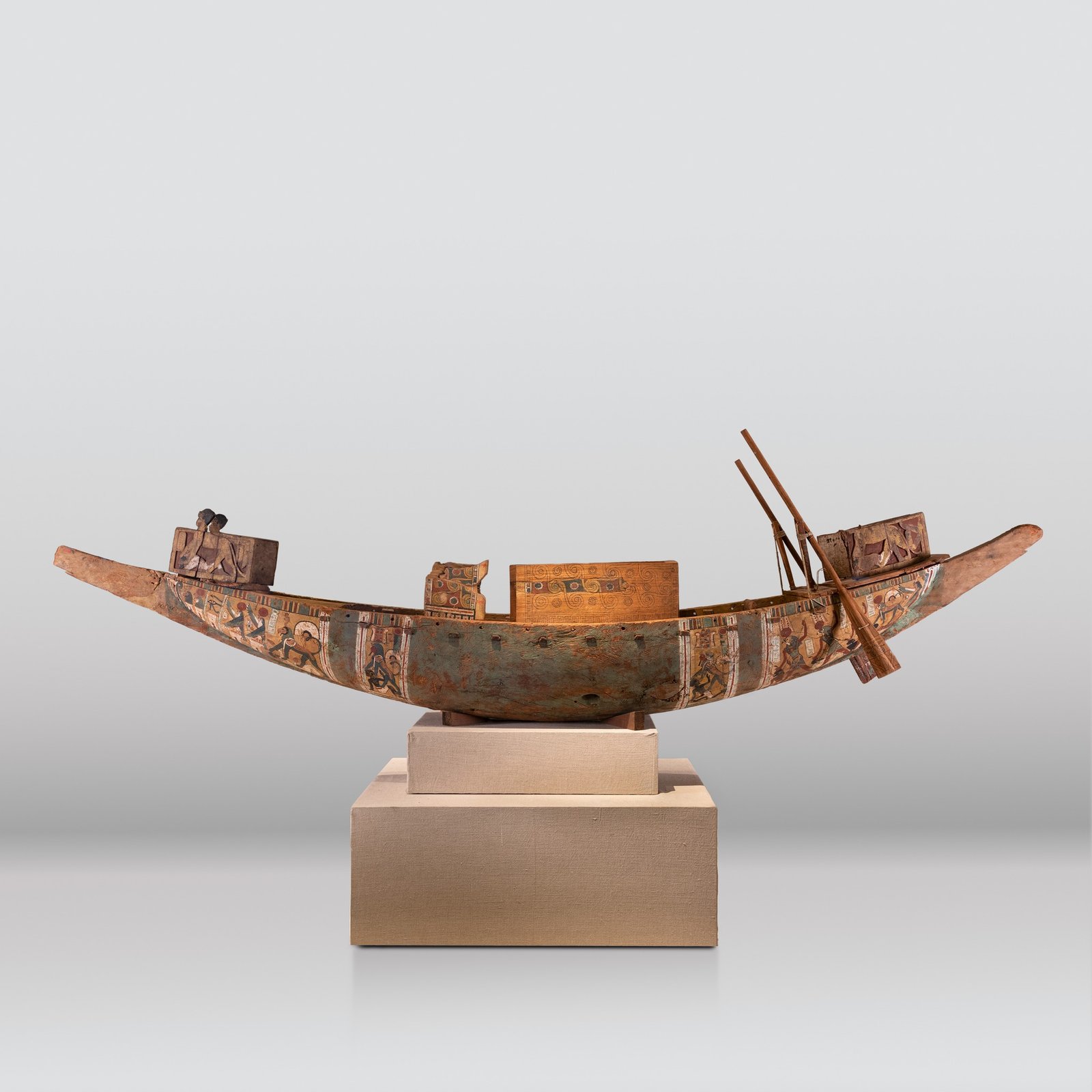

 View of the façade of the Egyptian Museum from the garden. The open arcades, in which objects were displayed, were later closed. Ref. AEMC 2149
View of the façade of the Egyptian Museum from the garden. The open arcades, in which objects were displayed, were later closed. Ref. AEMC 2149


